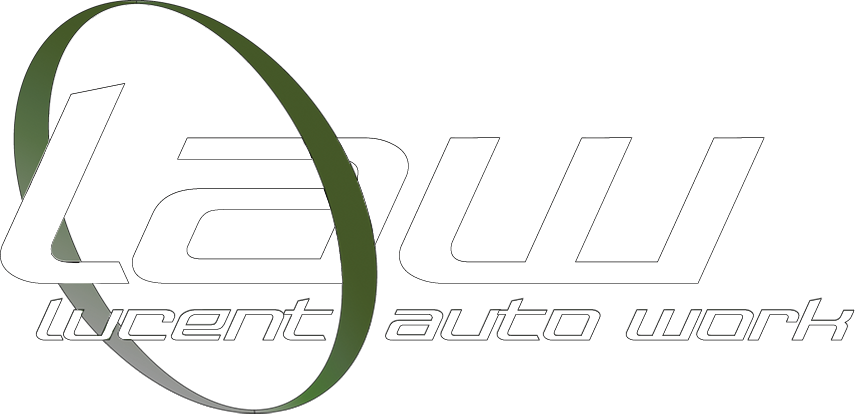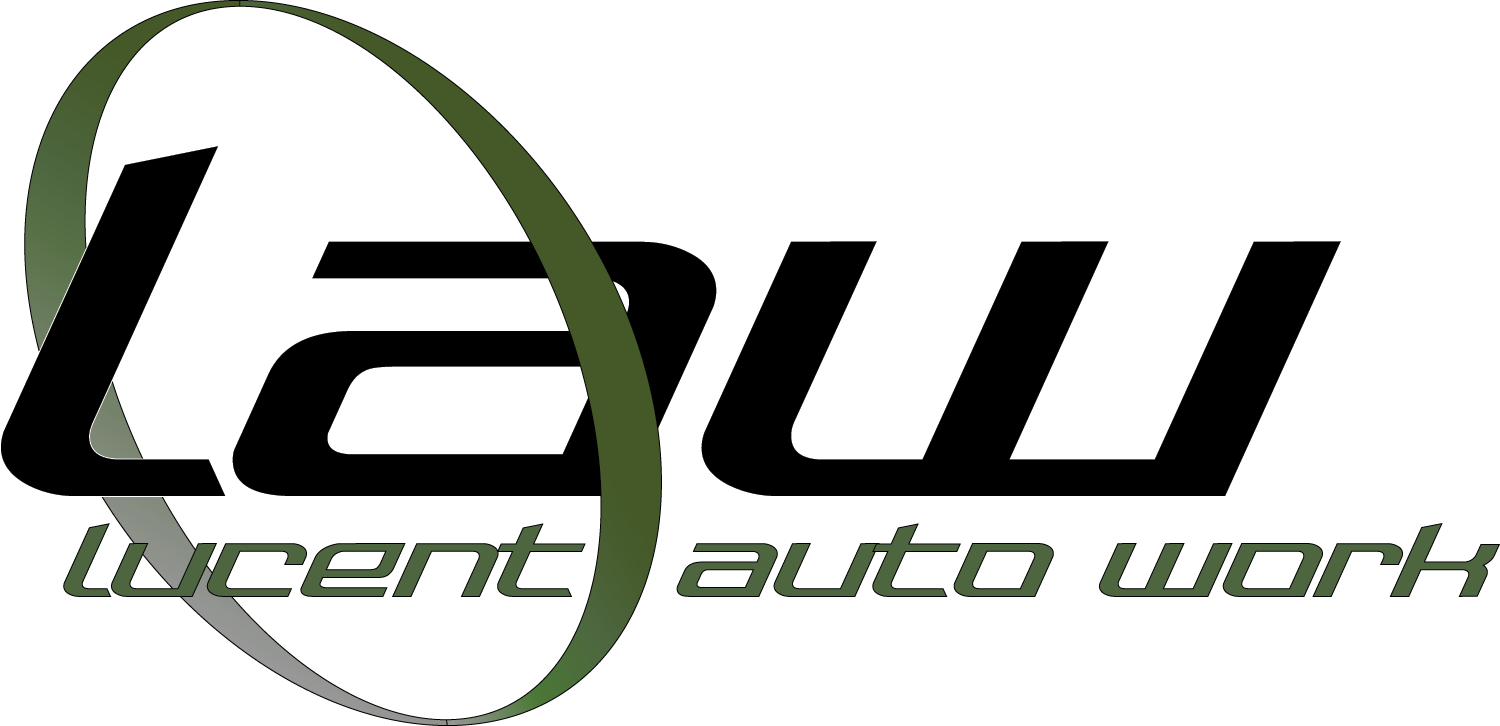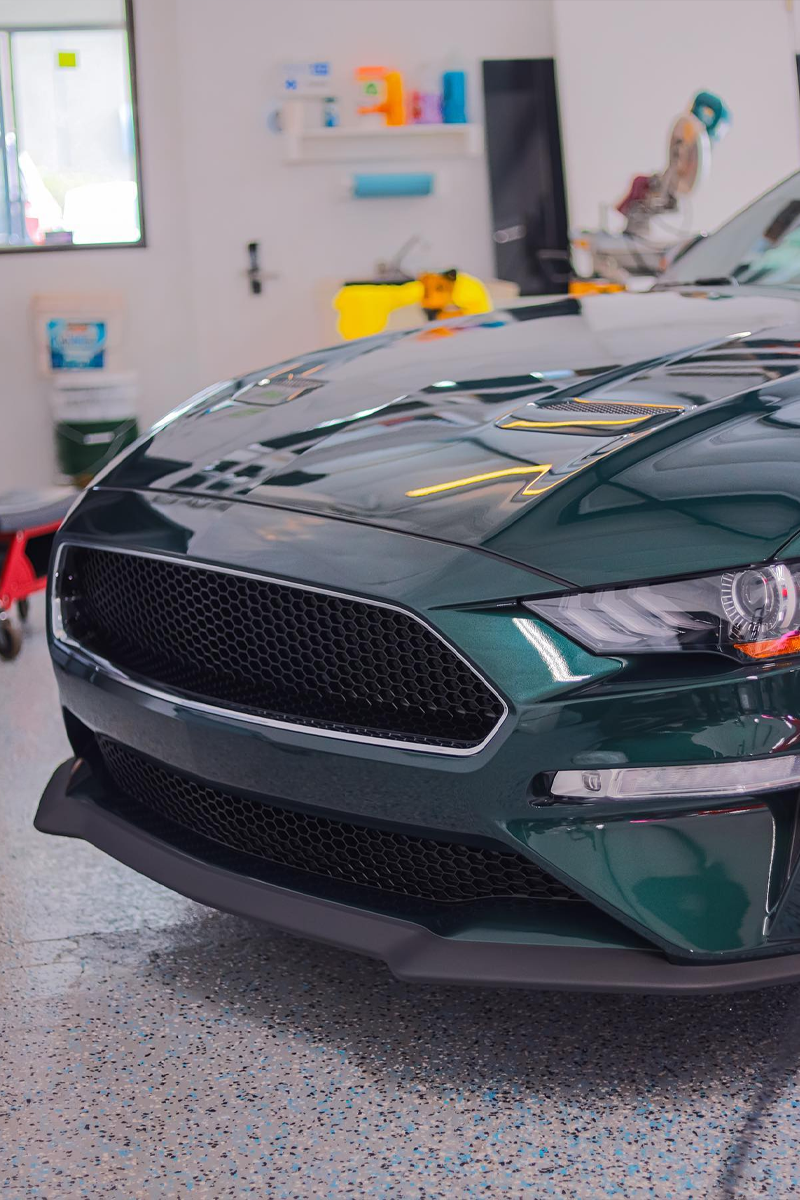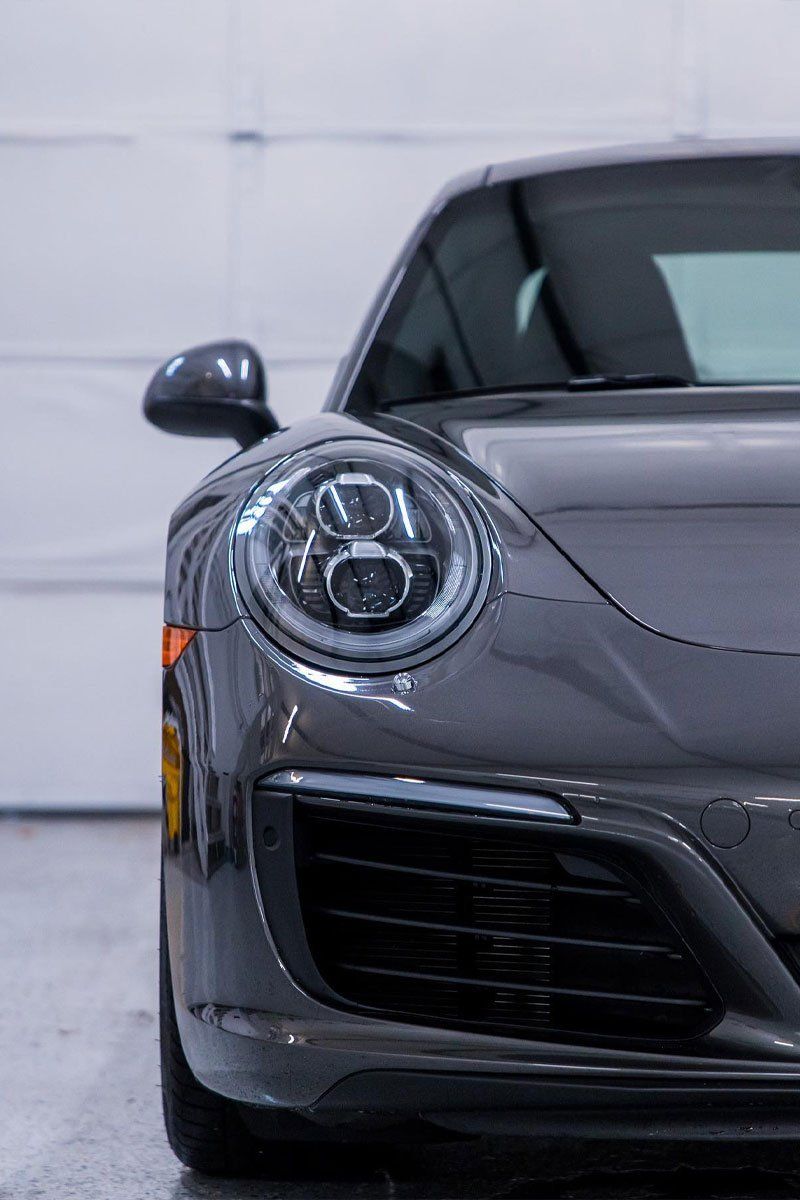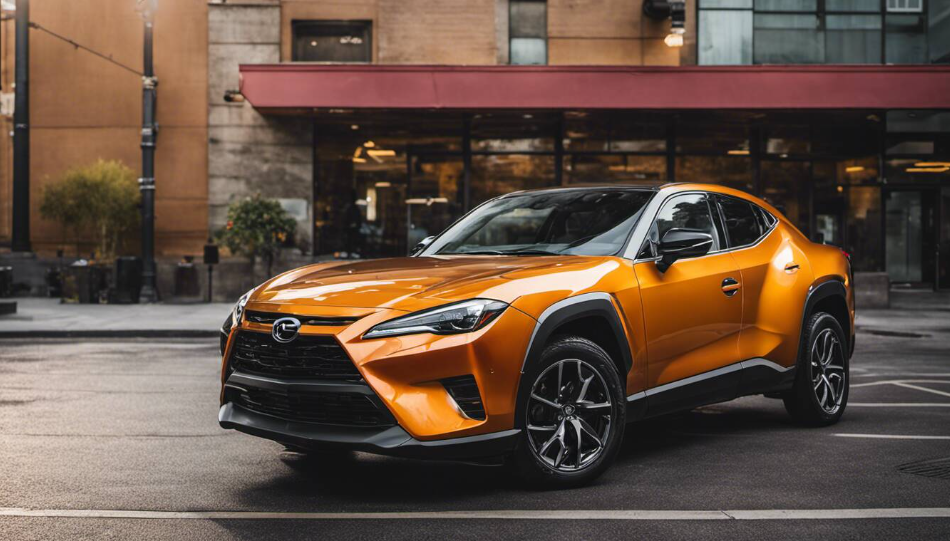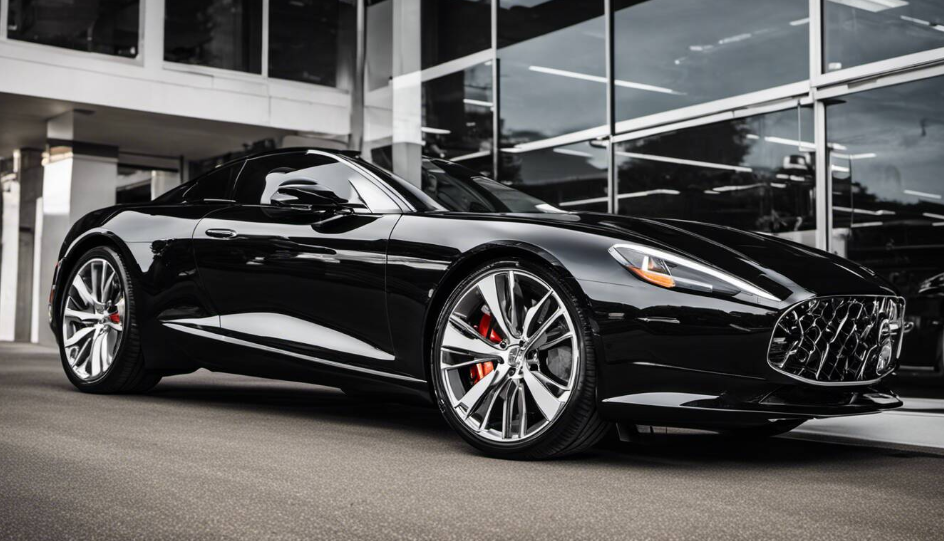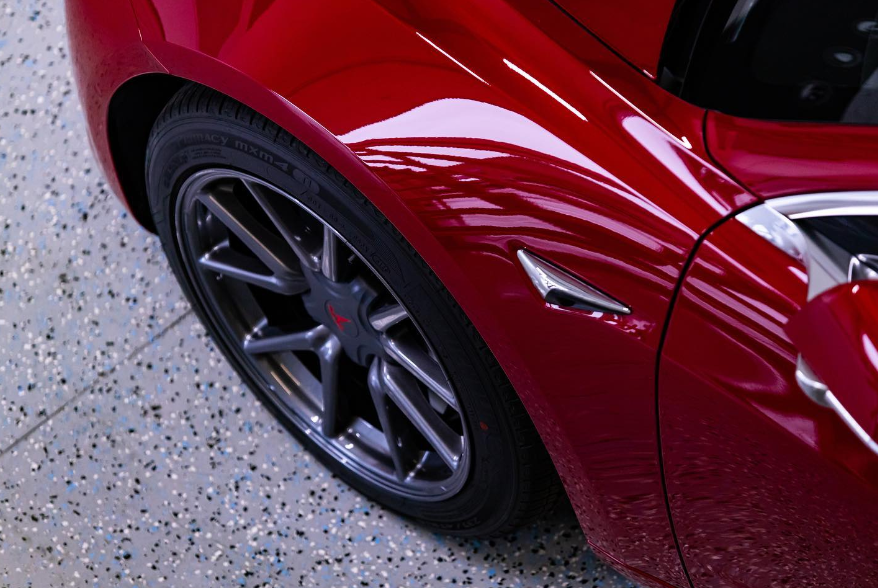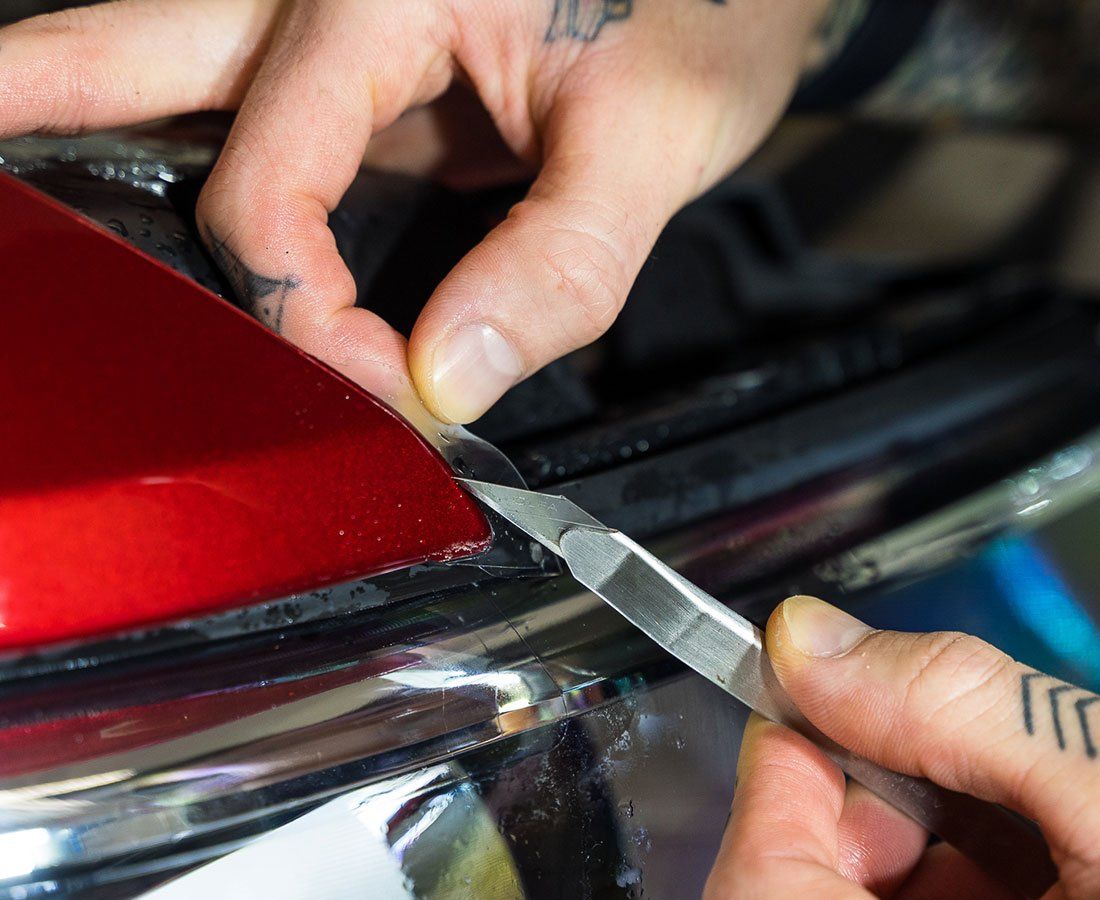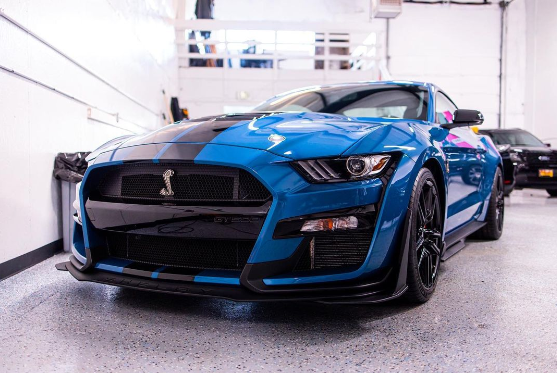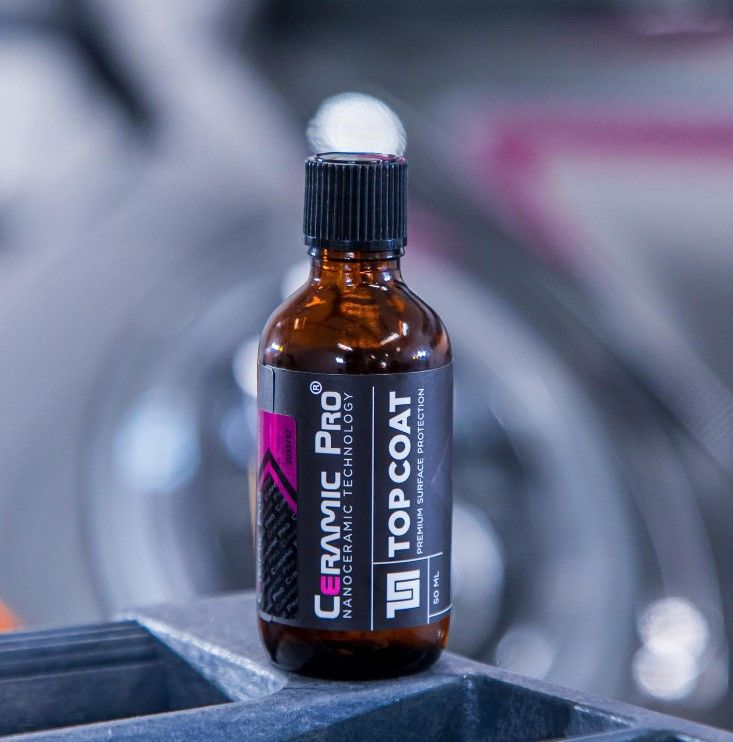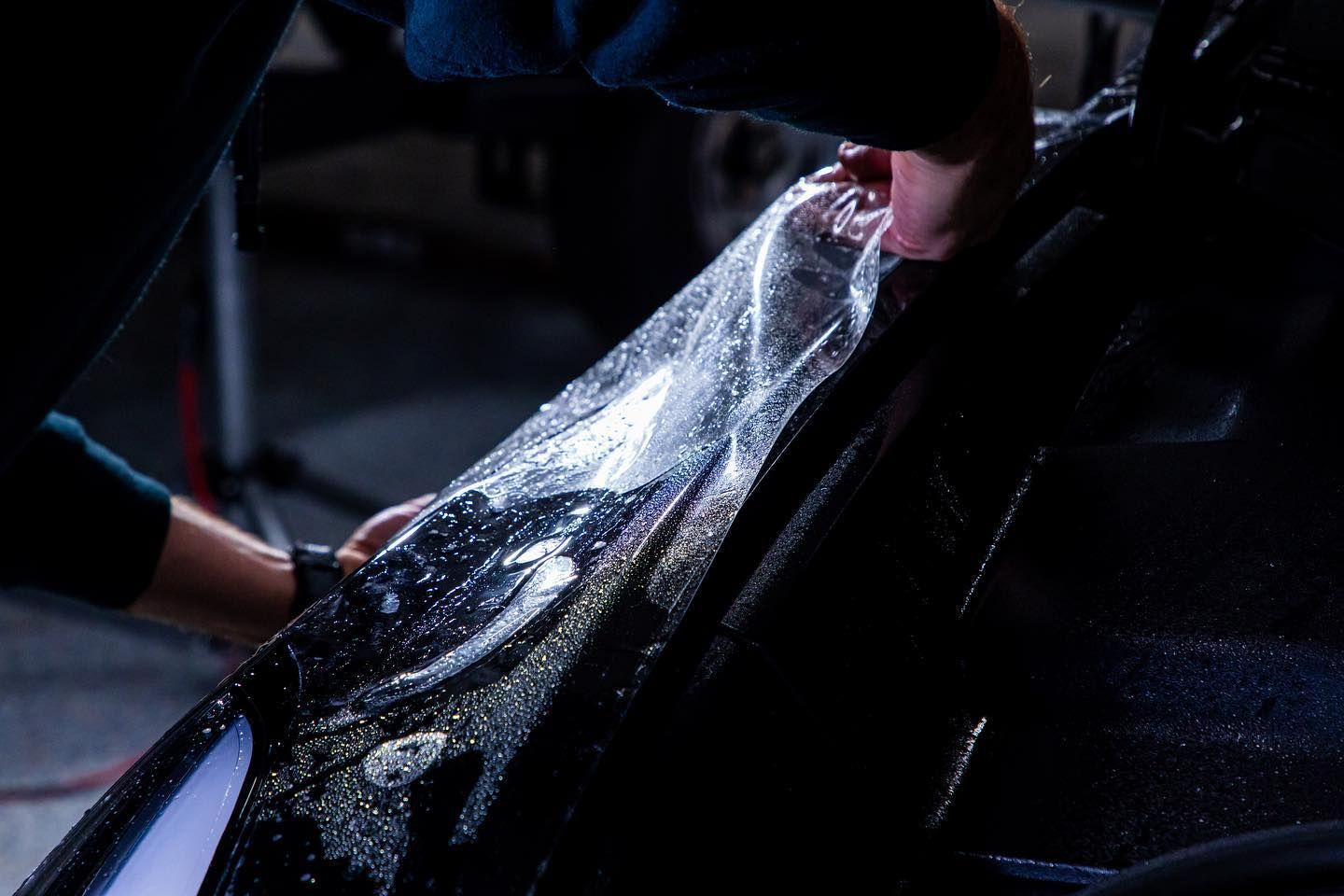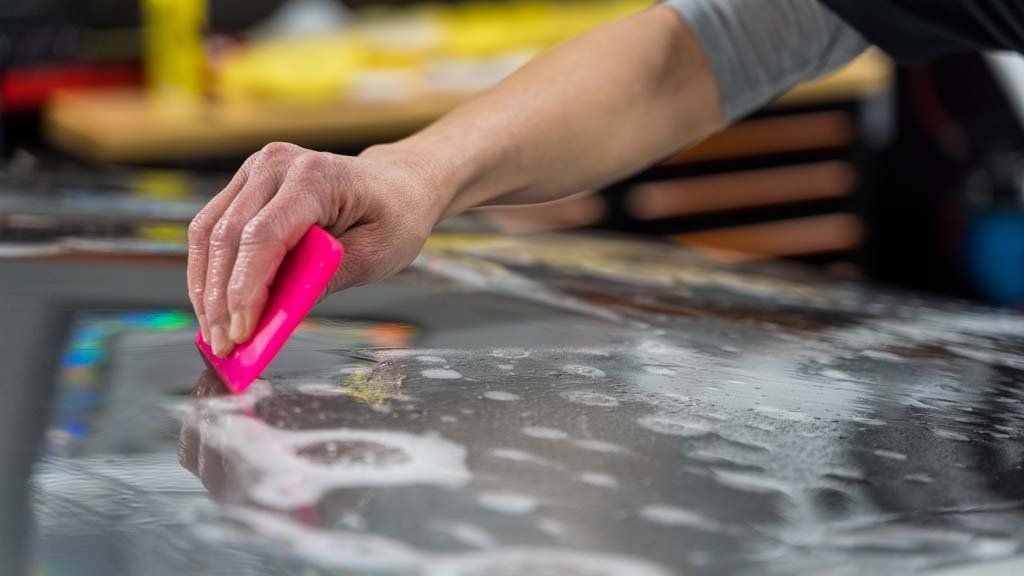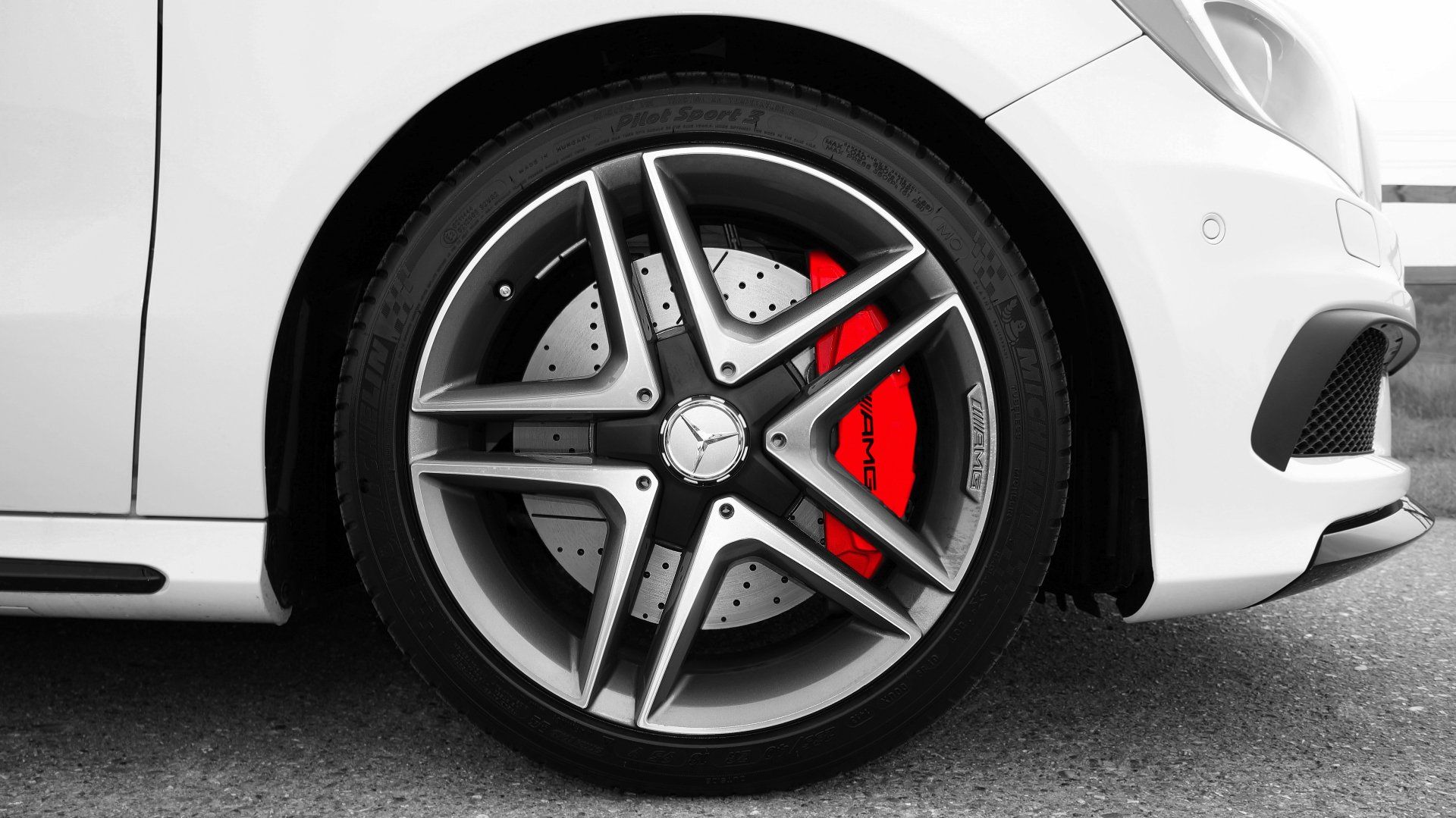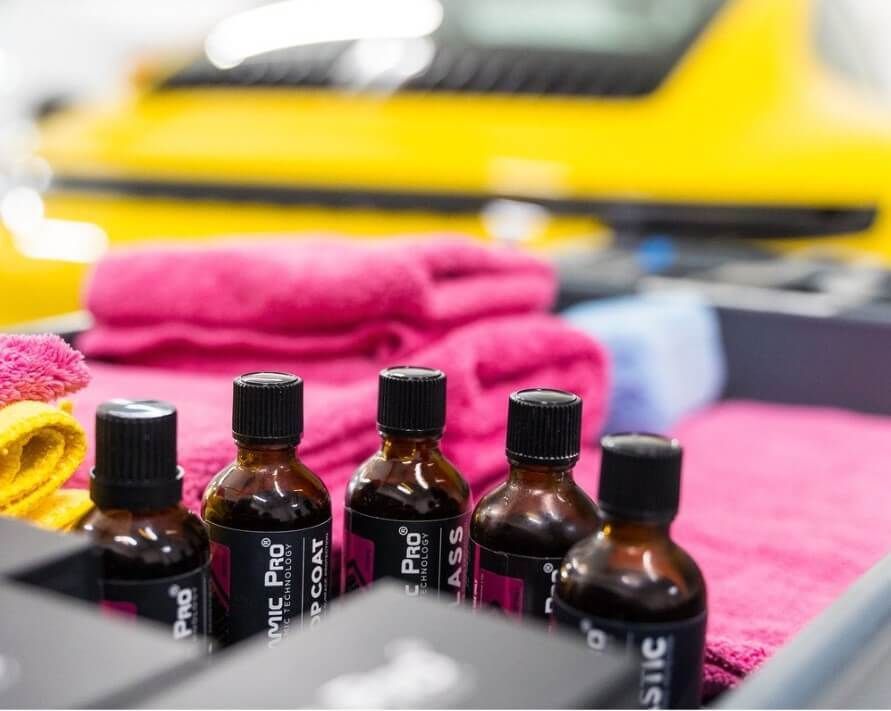When it comes to protecting your vehicle's finish, a ceramic coating is often considered the ultimate solution. But what happens when that shiny armor starts to show signs of wear? If you’ve invested time and money into getting a ceramic coating, knowing how to keep it in top shape is crucial. Unfortunately, many people unknowingly expose their coatings to hazards that can ruin their effectiveness. From environmental challenges like UV rays and acid rain to common maintenance mistakes, there are plenty of ways to compromise your vehicle’s protective layer. In this article, we'll explore the most common pitfalls to avoid and share tips for ensuring that your ceramic coating remains a strong shield against the elements for years to come.
Common hazards that can ruin ceramic coating include improper surface preparation, such as failing to thoroughly clean the vehicle before application and applying the coating under unfavorable temperature conditions. Additionally, using excessive product can lead to a greasy appearance, while exposing the car to sunlight too soon after application can hinder proper curing. Always follow recommended guidelines for maintenance and product usage to ensure long-lasting protection.
Why Ceramic Coatings are Vulnerable
While ceramic coatings act as a formidable shield for your vehicle’s paint, they are not entirely fail-proof. One of the primary weaknesses lies in their vulnerability to harsh environmental elements. For example, bird droppings contain salts and acids that can eat away at the coating's surface if left unattended for even a short time. Likewise, tree sap's sticky nature can create an adhesive bond, making it exceedingly difficult to clean without damaging the underlying layer. The longer these substances remain on your car's surface, the more likely they are to compromise the integrity of that protective barrier.
Beyond mere contaminants, temperature plays a significant role in how effective these coatings remain over time.
Ceramic coatings thrive under optimal conditions, typically falling between 40°F (4.44 °C) and 100°F (ca. 38 °C). Outside this range, you risk inadequate adhesion, resulting in peeling or chipping over time. Applying a coating in frigid temperatures compromises its bonding properties, while high temperatures may cause thermal degradation of the ceramic material itself. This is why it's essential to consider your environment: the ideal application temperature isn’t just a guideline; it safeguards against long-term issues.
Furthermore, over-application of ceramic products can lead to another kind of failure—a greasy finish that negates the sleek appearance you desire.
It may seem counterintuitive, but using too much product can seal contours and result in an unsatisfactory look rather than enhance protection. Adhering strictly to recommended amounts is key; typically just a few drops will do. By putting too much on, you're counteracting what those glossy finishes promise: a dazzling shine coupled with lasting durability.
To further complicate matters, common misconceptions surround ceramic coatings that can lead to hasty decisions about maintenance and care. Just because something says "ceramic" doesn’t mean it's true ceramic; many products still include PTFE or other compounds that diminish their effectiveness as non-toxic coatings.
Risks from Abrasive Materials
Abrasive materials and incorrect cleaning tools can threaten the precious protective barrier that a ceramic coating provides on your vehicle. It may be tempting to reach for that tough-looking scrubber or a standard cloth, but the risks involved are significant. Whether it’s using an old rag or an abrasive sponge, you could unknowingly create micro-abrasions that compromise your ceramic coating.
Why does this matter? Well, these marks not only affect the appearance of your vehicle but can also lead to more profound issues that require costly repairs down the road.
Types of Abrasive Materials
- Rough sponges: These are often found in kitchens and designed for scrubbing pots or pans. They’re a surefire way to introduce marks to your car's finish.
- Non-microfiber cloths: Many towels may look soft but lack the special weave of microfiber—this can result in unexpected abrasiveness.
- Unclean or dusty brushes: Using brushes with accumulated dirt or debris introduces more contaminants onto your coating, causing harm rather than help.
The harsh reality is that without careful attention to cleaning practices, your investment in that luxurious ceramic coating might become wasted.
So what should you use instead? Always opt for soft microfiber towels specifically designed for automotive surfaces. These towels provide gentle cleaning without risking damage. They have the capability of lifting dirt away without marring and drying quickly after use. Additionally, washing them separately from rougher fabrics helps maintain their efficacy for longer.
Chemical Contaminants
Harsh chemicals are often hiding in plain sight, lurking within everyday household cleaners that may seem harmless but can wreak havoc on your ceramic coatings.
For instance, while many people trust a good cleaning solution to do the job, few realize that products containing ammonia, bleach, or vinegar can slowly degrade the protective layer of your vehicle. This degradation exposes the paint beneath to the very contaminants these cleaners are meant to remove.
Harmful Chemicals
- Ammonia: Often found in glass cleaners and some multi-surface sprays, ammonia is notorious for breaking down the bonds within ceramic coatings.
- Bleach: While it’s a powerful disinfectant, bleach can result in discoloration and fading of your ceramic layer when applied too liberally or frequently.
- Vinegar: Despite its reputation as a natural cleaner, vinegar’s acidity can lead to adverse reactions with the coating over time.
Imagine washing your car after a long drive only to inadvertently apply a cleaner with ammonia; the very cleaner meant to spruce up your car is now eroding its protective armor!
To mitigate these risks, it's crucial to be selective about the products you use for cleaning. Sticking with pH-neutral cleaners is essential, as they are specially formulated to clean without compromising the coating's integrity. Many ceramic coating manufacturers provide guidelines and product recommendations that take the guesswork out of cleaning—so don’t hesitate to refer to them.
A good rule of thumb is to avoid all-purpose cleaners with harsh chemicals outright. Instead, rely on specialized cleaning products designed for ceramic coatings. These not only help maintain the protective layer but also enhance its longevity, allowing you to enjoy that gleaming finish for much longer.
Common Application Errors
Inadequate Surface Preparation
Let's think about preparation as the foundation for a house: if the base isn't solid, everything built upon it is at risk. A dust-filled or dirty vehicle surface will create tiny imperfections when coated, making it impossible for the product to adhere correctly. This is why using a pH-neutral soap while washing is essential to avoid residue and ensure that you've thoroughly cleaned off all dirt and grime. Any leftover particles can compromise the bond between the ceramic coating and your vehicle's paint, leading to premature wear and tear.
Incorrect Waiting Times
Patience may not always be easy, especially when results are just around the corner. However, allowing proper curing time between each layer is crucial. When applying multiple coats of ceramic, skipping this step might seem harmless but can weaken the coat’s bond— akin to rushing a delicate soufflé in the oven. Each layer needs adequate time to cure and bind effectively. If you don’t respect these waiting periods—typically recommended at around 24 hours—you risk diminishing the overall durability of your coating by as much as 40%.
Additionally, let’s not underestimate how environmental factors can influence the application process.
Poor Environmental Conditions During Application
Another common mistake refrains from considering temperature and humidity levels during application. Both can drastically affect how well your ceramic coating adheres to the surface. Ideally, aim for a temperature between 40°F (4.44 °C) and 100°F (ca. 38 °C)—but remember, too cold or too hot conditions can lead to improper curing and compromise the entire application process. Extreme humidity levels can cause condensation on the surface before it's finished curing as well. It’s akin to trying to enjoy a picnic in torrential downpours; nothing good comes from fighting against nature.
Maintenance Mistakes
One of the most notable maintenance errors is inconsistent washing schedules. Life gets busy, and it’s easy to let weeks slip by without giving your vehicle a good clean. However, neglecting to wash your vehicle regularly allows dirt, grime, and road contaminants to accumulate, forming a layer that can embed itself in the ceramic coating.
It’s worth noting that experts have found that vehicles washed on a regular basis—at least every two weeks—tend to maintain their finish and protective qualities much better. This could mean the difference between a shiny showroom appearance and a dull, tarnished paint job.
Using Non-Recommended Cleaners
Another common mistake arises from using non-recommended cleaners. Some people may believe that chemical-heavy products are necessary to keep their car looking pristine; however, many standard car cleaning solutions contain harsh chemicals that can degrade ceramic coatings over time.
Instead, opting for pH-neutral car soaps is crucial in preserving the integrity of your ceramic layer while ensuring that contaminants are effectively removed without damage. The reality is that those who skip this vital distinction may unknowingly contribute to premature coating failure.
Ignoring Minor Damages
Lastly, not addressing minor damages such as chips or deep swirls can lead to more significant problems down the road. It’s tempting to brush off small imperfections as insignificant; however, these minor flaws can open pathways for contaminants to infiltrate underneath your ceramic coating, diminishing its protective qualities.
By taking the time to touch up these areas promptly—whether through paint correction or using specific repair kits—you enhance the lifespan of your coating substantially. Regular inspection should be part of your washing routine; this proactive approach helps maintain your vehicle’s aesthetics while safeguarding its value.
Impact of Environmental Factors
The elements we often take for granted—like sunlight, rain, and temperature changes—can wreak havoc on the integrity of ceramic coatings. While these coatings are marketed as robust protectants for your vehicle's paint job, they are not invulnerable. Over time, environmental threats can diminish their effectiveness, leading to unsightly damage and potentially costly repairs.
Environmental Threats
Among these threats, UV rays are particularly damaging. They can cause fading and oxidation over time. You might notice this as the once-vibrant color of your car dulls, leaving you looking at a lackluster finish instead of the shiny exterior you appreciate. To combat this damage, applying a UV protectant helps shield the coating from harmful rays and prolongs its lifespan.
Equally concerning is acid rain—a weather phenomenon that many don't immediately associate with harm to their vehicles.
When acid rain falls, it can lead to chemical reactions that etch into your ceramic coating. This destructive force may seem minimal at first, but ignoring it can lead to deeper issues down the line. Scheduling regular washes will help mitigate the effects by removing residual acids before they cause lasting damage.
Finally, consider how extreme temperatures affect your vehicle.
Fluctuating temperatures can cause the ceramic coating to expand and contract. If you frequently expose your vehicle to direct sunlight or extreme cold without protection, you run the risk of causing cracks in the coating itself. Whenever you have the opportunity, take a moment to park in shaded areas or use vehicle covers; doing so can significantly reduce exposure to harsh elements and help maintain that sleek finish.
As climate change continues to introduce unpredictable weather patterns, being proactive about these environmental factors will become even more critical for maintaining your ceramic coating's protective qualities.
For more detailed tips on maintaining your car's ceramic coating, visit Lucent Autowork. Taking simple steps today will save you time and money in the long run!
In light of these challenges, staying informed on how to protect your investment will ensure your ceramic coating remains effective for years to come. Reach out today at (253) 533-6776 for expert advice and assistance!
